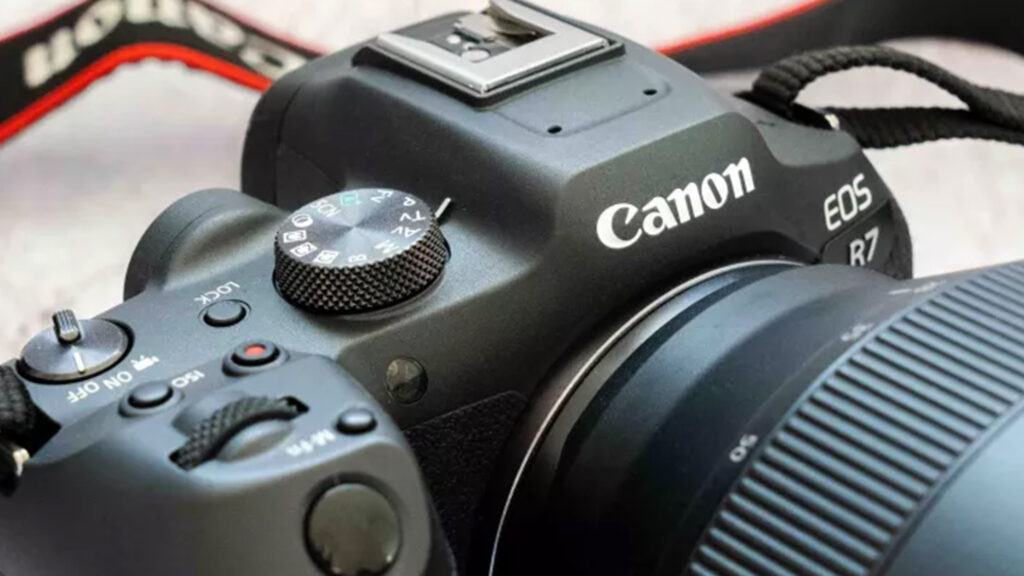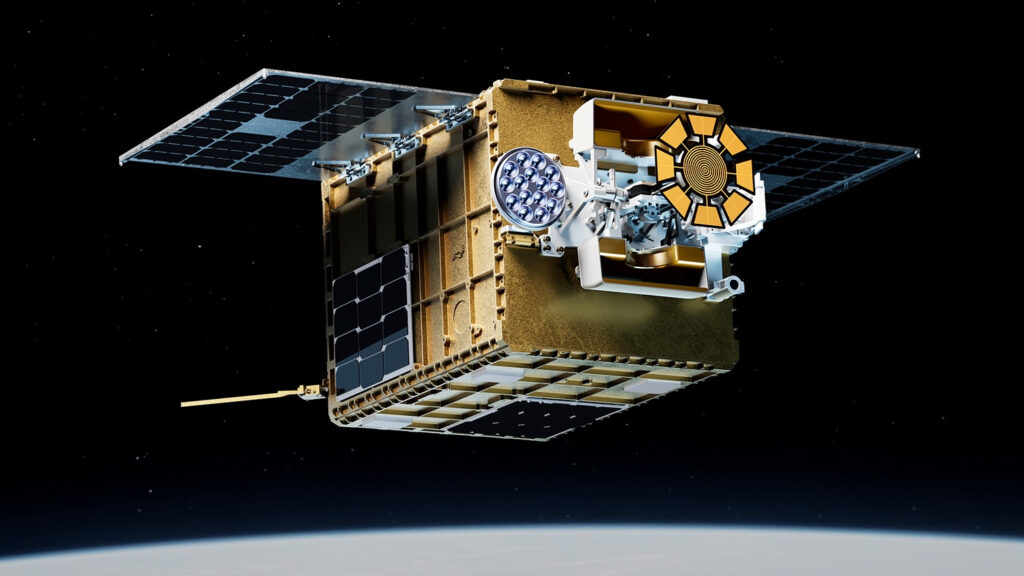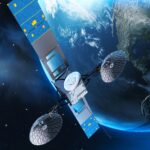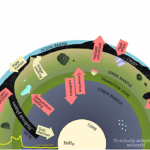Now Reading: Will Europe’s flagship space science missions survive NASA’s budget cuts?
-
01
Will Europe’s flagship space science missions survive NASA’s budget cuts?
Will Europe’s flagship space science missions survive NASA’s budget cuts?

Flagship European space science missions conducted in collaboration with NASA face a possible combined funding shortfall of nearly $2 billion due to budget cuts put forward by the administration of U.S. President Donald Trump. The European Space Agency hopes its member states will come to the rescue.
Representatives of the European Space Agency‘s (ESA) 23 member states are set to meet at the end of November in Bremen, Germany, to decide the agency’s direction for the next three years and agree on its next triennial budget.
At this meeting — known as the ESA Ministerial Council — the member states will have to tackle a major conundrum. The Trump administration has requested sweeping cuts to funding of NASA, a key ESA partner, which affects several high-profile science missions that are actually led by the European agency. Although the U.S. Congress and Senate have pledged to restore at least some of that funding, discussions about NASA’s 2026 budget have not yet been concluded, and ESA will therefore be deciding in the dark.
Among the critically endangered missions are the Laser Interferometer Space Antenna (LISA) gravitational wave observatory, the Venus orbiter EnVision and the proposed X-ray telescope New Athena.
LISA, which began construction earlier this year, would be hit particularly hard. Consisting of three identical spacecraft flying in a triangular formation 1.5 million miles (2.4 million kilometers) apart, the planned mission relies on high-tech equipment from NASA worth up to $1 billion, according to the Planetary Society, a nonprofit space exploration advocacy group.

EnVision is expected to receive from NASA a novel synthetic aperture radar instrument worth an estimated $300 million. The severely delayed ExoMars rover, a life-hunting robot named Rosalind Franklin, also needs a little help from NASA to make it to its destination. That help is estimated at around $375 million, according to the Planetary Society. Further contributions were intended for the planned X-ray mega space observatory New Athena, the exoplanet observer Ariel and 15 other smaller science missions.
These estimates are based on NASA budget pledges released in the final year of the administration of President Joe Biden, Casey Dreier, the chief of space policy at the Planetary Society, told Space.com.
A source familiar with the situation inside ESA who didn’t want to be named said the agency believed it “can absorb the impact,” provided that it has “a good ministerial outcome for those missions.” In other words, ESA will likely have to persuade its member states to fork out hundreds of millions of euros on top of earlier funding commitments to get those missions off the ground. The source added that technical capabilities exist in Europe to make up for NASA’s withdrawal.
The source said the agency has already “initiated tenders” with European industry to look for possible replacements of the NASA components for the sun-orbiting LISA mission — that is, the spacecraft’s onboard telescopes and lasers. Although the member states’ support for this rescue action has not yet been secured, ESA wants to sign early development contracts with selected providers in January. The agency plans a similar pathway for EnVision.
“We are discussing with our member states about their ambition to take responsibility for one or more of the NASA elements should we need to take recovery actions,” the source said. “By the middle of next year, we expect to be in a position to decide on the way forward, with clarity on NASA funding and member state ambition and funding. Then we will either stop the development contracts or continue them.”
ESA previously expected to pay around $1.9 billion for LISA, with additional contributions coming individually from several member states, including Germany, France, Italy, the U.K., the Netherlands and Switzerland.
To be launched no earlier than 2035, the three spacecraft of the LISA constellation will be connected with laser links to detect minuscule changes in the position of free-floating reflectors inside each of the spacecraft. In these measurements, researchers will be able to spot tiny vibrations caused by the passage of gravitational waves.
Due to the vast distances between the spacecraft and their position outside Earth’s gravity well, LISA promises to open a new realm of possibilities in gravitational wave research. Gravitational wave detectors on Earth, such as the U.S. Laser Interferometer Gravitational-wave Observatory (LIGO), excel at spotting waves triggered by collisions of small black holes. LISA, on the other hand, is designed to detect smash-ups of supermassive black holes, the enormous monsters with masses of billions of suns that reside at galactic centers.
EnVision, too has a unique role, especially after the Trump budget proposal entirely cancelled NASA’s other two planned Venus research missions, DaVinci and VERITAS. EnVision’s task is to study geological and atmospheric processes on Venus to explain why the planet evolved so differently compared to Earth.
Perhaps most painful is the situation of Rosalind Franklin, Europe’s first Mars rover. The robot, fitted with a 6.6-foot (2 meters) drill, is designed to search for signs of life underneath the Martian surface. The mission, originally slated for a 2018 launch, already survived an American betrayal in 2012, when the Obama administration withdrew NASA’s participation in the project.
Back then, ESA turned to Russia to rescue the mission. ExoMars was ready to launch in 2022 atop a Russian Proton rocket from Baikonur Cosmodrome in Kazakhstan. Following Russia’s invasion of Ukraine in February 2022, however, ESA terminated that cooperation. The agency’s member states agreed to provide an additional 360 million Euros ($417 million US) to build a new landing platform for the rover to replace the one supplied by Russia. And NASA stepped back in, offering a launcher, braking retro-rockets and plutonium-based radio isotope heaters. The aging rover is now waiting in a clean room in Milan for a planned launch in 2028.
Another inside source that didn’t wish to be named told Space.com that ESA received some “positive news” from the U.S. side, suggesting that NASA funding for the mission may be reinstated.
“It looks quite positive, so we’re planning still on the launch as it was foreseen,” the source said.
The sources said that ESA has high hopes for the Ministerial Council later this month, even hoping to secure an increase in overall budget contributions compared to the 16.9-billion-euro ($19.6 billion) budget agreed in 2022.
The conference, however, comes amid growing tension with Russia, a development that’s putting pressure on European countries to increase their defense spending. Germany, for example, pledged to invest 35 billion Euros ($41 billion) into military space technologies over the next five years, which is on par with ESA’s entire budget. France, too, is increasing its space defense investment, and many other nations have announced purchases of spy and communications satellites for military purposes.
In the U.S., the battle over the NASA budget is not yet over. Both the Senate and House versions of the 2026 funding proposal push to continue supporting LISA and EnVision, Dreier said.
In the meantime, insider reports indicate that NASA’s leadership is moving on, implementing the proposed cuts without Trump’s budget request having been approved.
“The difficulty is if NASA leadership decides to pull out of the commitments already made and continue to request cancelling the work. That makes it very uncertain, from ESA’s perspective, to rely on NASA,” said Dreier. “Even if this year’s funding comes through, who’s to say that the administration wouldn’t be effective in cancelling it next year? Or three years down the road?”
Stay Informed With the Latest & Most Important News
Previous Post
Next Post
-
 012024 in Review: Highlights from NASA in Silicon Valley
012024 in Review: Highlights from NASA in Silicon Valley -
 02Panasonic Leica Summilux DG 15mm f/1.7 ASPH review
02Panasonic Leica Summilux DG 15mm f/1.7 ASPH review -
 03From Polymerization-Enabled Folding and Assembly to Chemical Evolution: Key Processes for Emergence of Functional Polymers in the Origin of Life
03From Polymerization-Enabled Folding and Assembly to Chemical Evolution: Key Processes for Emergence of Functional Polymers in the Origin of Life -
 04How New NASA, India Earth Satellite NISAR Will See Earth
04How New NASA, India Earth Satellite NISAR Will See Earth -
 05And Thus Begins A New Year For Life On Earth
05And Thus Begins A New Year For Life On Earth -
 06Astronomy Activation Ambassadors: A New Era
06Astronomy Activation Ambassadors: A New Era -
07SpaceX launch surge helps set new global launch record in 2024




















